Our modern lifestyle has changed the definition of foraging, a means of survival for our distant ancestors but often now perceived as belonging to eccentric nature lovers. Modern foraging falls somewhere in between those disparate notions.
Our ancestors had to forage to eat. They discovered flowers, fruits, and berries that helped supplement their diet and keep them alive until they could find their next meal. Because of their discoveries, we've adapted modern ingredients to include more of these natural ingredients, even in things like baking flour. Sadly, back then, the trial and error of foraging probably led to some rather grim results, but eventually, they learned which plants were edible and which were to be avoided.
Today foraging has taken on greater awareness and possibly need as our climate and landscapes change. Some areas of the world face water shortages and food deserts. Other factors can contribute to the lack of food, making foraging knowledge a vital skill to hone if wild foods become necessary.
Foraging includes a bit of research, a keen eye, and a little cleverness. This elemental activity can lead to a sense of calm and peace and create a tangible bond with nature.
What Are Some Good First Steps for Foraging?
Take a good look at your foraging environment. Are you in your own backyard? A city park? Or maybe a nearby forest. All can reveal some edible plants that can be foraged. Learn what plants exist in your area and learn to identify their appearance. Try selecting just a few on your first outings to avoid becoming overwhelmed or misidentified.
Be prepared for your environment and your activity. Wear sturdy walking shoes, carry a first aid kit, bring a water bottle, and have a small sharp knife and little basket or cotton bag to store your botanical treasures.
Enlist the wisdom of foraging experts. They have been foraging for a long time and are skilled at identifying plants, fruit, and fungi. Take advantage of organized nature hikes, foraging walks, and lectures from those immersed in this field or hobby.
And Don't. Take. Risks.
While there are some fantastic finds out there, please wait for an expert to verify your foraged plants, fruits, or fungi before touching or eating them unless you're familiar with them. Some edible plants can look alarmingly similar to toxic plants, and some mushrooms can be deadly. So, verification is essential for your health and to prevent fun and spontaneous trips to the emergency room.
And watch your step! Tread as if the forest floor were a live being- which it is. Forage with minimal impact and never take more than you can responsibly use. Leave something behind so plants can continue to grow and feed the next group of foragers.
Numerous edible plants, flowers, seeds, nuts, and fungi grow throughout the United States and are acceptable to forage, but obviously with caution and care. A list of foods for foraging can include:
· Watercress and chickweed
· Dandelions, violets, and clover
· Wild strawberries, blackberries, and elderberries
· Crabapples, wild plums
· Wild onions and garlic
· Nettles and hawthorn
· Chanterelles, morels, and oyster mushrooms
· Medicinal herbs like mallow, lemon balm, and mint
Think of foraging as a treasure hunt, and the forest floor is your treasure map. Pathways to identifying edible plants will open up as you discover what nature has to offer in the wild or your neighborhood. Use your sense of sight to look around the base of trees and observe what is growing near streams. Use your sense of smell to name edible flowers and berries by fragrance before seeing them. Nature is a magical place filled with edible things waiting to be discovered to nourish our bodies and unite our collective souls, just as our ancestors learned so many centuries ago.




